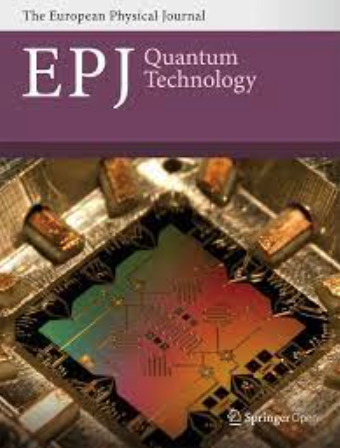In quantum cryptography, secret communications are delivered through a quantum channel. One of the most important breakthroughs in quantum cryptography has been the quantum key distribution (QKD). This process enables two distant parties to share secure communications based on physical laws. However, eavesdroppers can still interrupt the communication. To overcome this, we propose a different way to detect the presence of Eve through the polynomial interpolation technique. This technique also allows us for key verification. This approach prevents the receiver as well as the intruder from discovering the sender’s fundamental basis. To fully utilize IBM quantum computers’ quantum computing capabilities, this paper attempts to show % error against alpha (strength of eavesdropping) and the impact of noise on the success probability of the desired key bits. Furthermore, the success probability under depolarizing noise is explained for different qubit counts. In the enhanced QKD protocol, using polynomial interpolation for reconciliation shows a 50% probability of successful key generation. This is even when the noise is increased to the maximum capacity.


